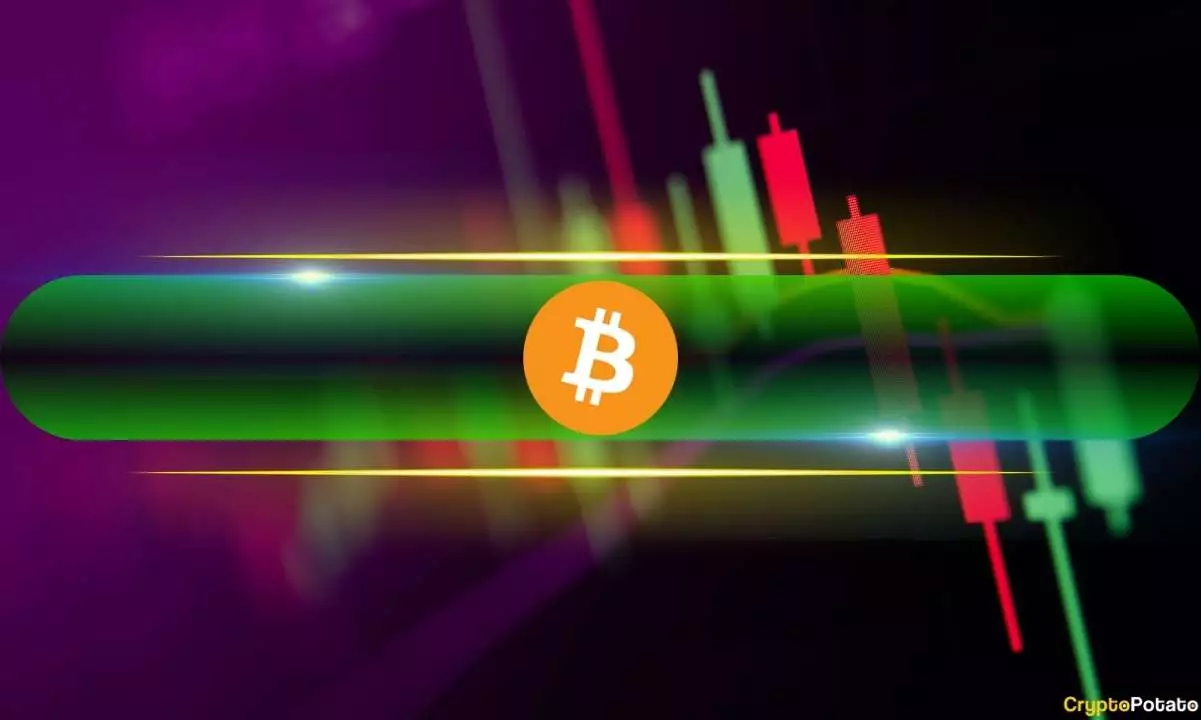Bitcoin has traded within a narrow range recently, seemingly stuck between $106,000 and $108,000. While many may perceive this lack of sharp price fluctuations as a sign of market stability, it is more accurate to view it as a deceptive calm before the storm. True volatility, especially in cryptocurrency markets, is rarely absent for long. The market’s pause is less about equilibrium and more about uncertainty, with investors collectively holding their breath, waiting for a catalyst that could send prices dramatically in either direction. This type of consolidation often points to an impending breakout rather than genuine stability.
Institutional Confidence: A Double-Edged Sword
The rise in the number of wallets holding 10 or more BTC to a record high since March suggests that large investors are quietly accumulating positions. On the surface, this may indicate confidence among deep-pocketed players, potentially signaling optimism about near-term gains. Yet, this behavior can also reflect strategic positioning rather than blind bullishness. Institutional investors are savvy enough to anticipate geopolitical tensions, regulatory changes, and market-shaking events. Their cautious accumulation hints at a market preparing for volatility rather than basking in assured growth. This dynamic makes retail investors more vulnerable, as institutions may benefit from the turbulence their moves indirectly generate.
The Altcoin Tug of War: Is Bitcoin Losing Its Grip?
Bitcoin’s market dominance has softened by roughly 0.5%, with many altcoins showing modest gains. Notably, Ripple’s XRP and Quant have outperformed, the latter surging over 6%. This shift might appear positive for the ecosystem’s diversity. However, it also exposes a growing fragmentation in investor confidence. While Bitcoin is stable but stagnant, altcoins attempt to seize attention amid uncertainty. Such divergence can signal a flight to riskier assets fueled by speculative enthusiasm rather than fundamental improvements. This trend might heighten systemic risk in crypto, as weaker projects gain temporary spotlight, undermining Bitcoin’s traditional role as a digital safe haven.
Volatility Metrics Conceal More Than They Reveal
The recent 4% decline in liquidations, primarily from short positions, is often taken as a sign of bullish defenders maintaining the status quo. Yet, lower liquidation rates during consolidation periods often mask a buildup of latent pressure. Market participants are dialing back aggressive bets, indicating hesitation rather than confidence. The current liquidation figure, around $200 million, is still substantial, suggesting there’s significant latent risk beneath this calm surface. When volatility eventually erupts, it is likely to catch many off guard, especially newer investors emboldened by the deceptive quiet.
Political and Geopolitical Shadows Looming Over Crypto Stability
The subdued market reaction following the US strike on Iranian nuclear sites further underscores how geopolitical events are now embedded into crypto pricing, reducing the immediate impact of such news but increasing the background risk amid prolonged international tensions. This normalization of geopolitical risk could leave crypto markets fragile, as stakeholders recalibrate their strategies to accommodate an environment where crises are expected, but their timing and outcomes remain unpredictable. As a result, market stability today could breed complacency, laying the groundwork for abrupt downturns that would disproportionately affect smaller investors.
A Cautious Optimism Rooted in Reality
The current market conditions should urge caution for anyone interpreting the recent calm as a harbinger of sustained growth. Large holders’ concentration points to strategic accumulation but does not guarantee upward movement. The altcoins’ mixed performances highlight a fractured market still driven by speculation rather than widespread adoption or innovation breakthroughs. Instead of succumbing to hype, investors should recognize this phase as a delicate balance, where patient observation and critical analysis trump frantic trading. The true test for crypto markets lies ahead, not in the current lull.

